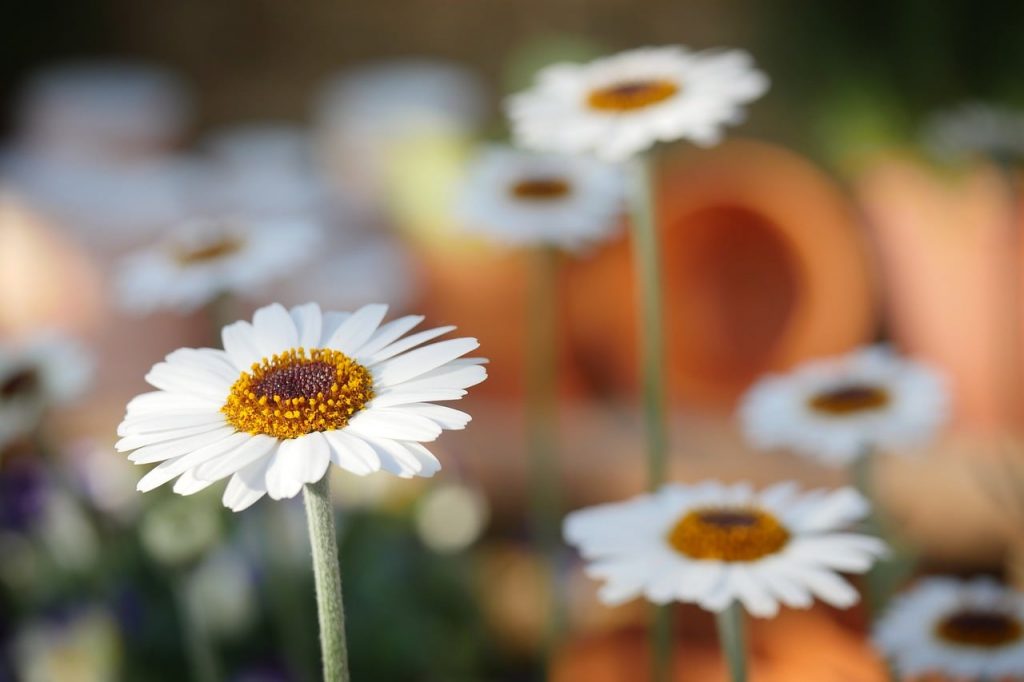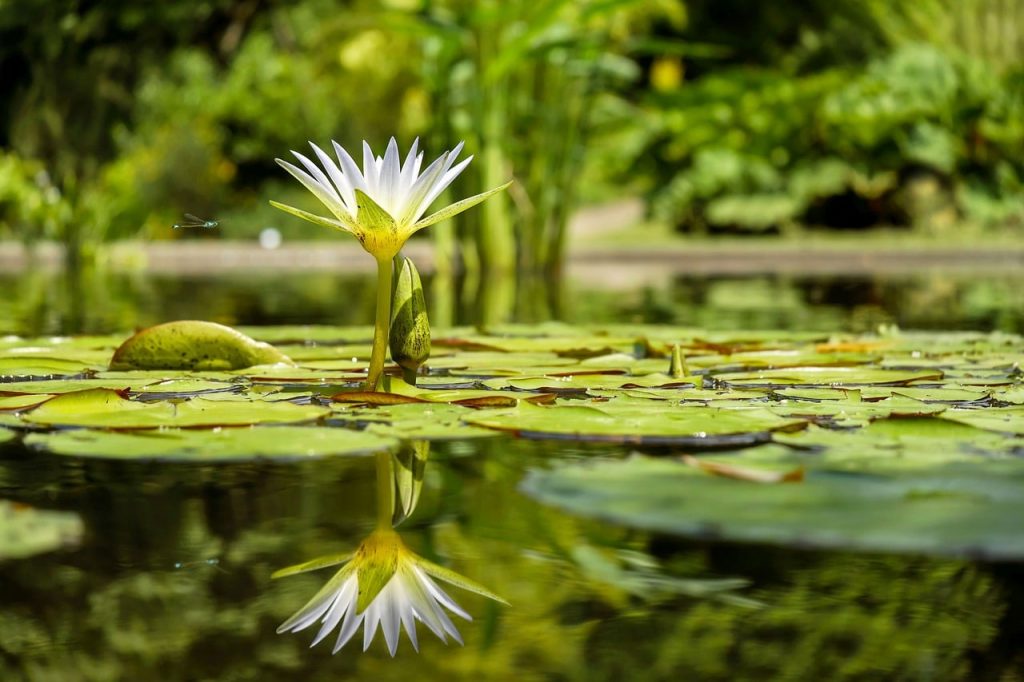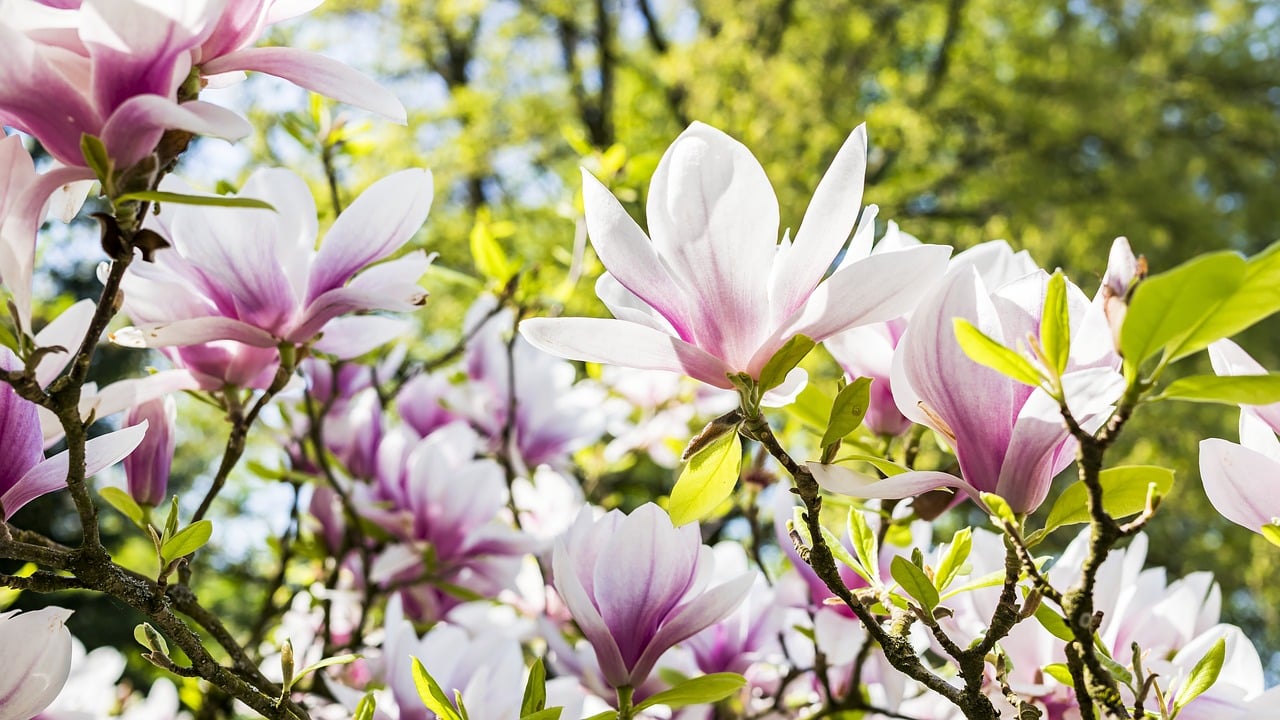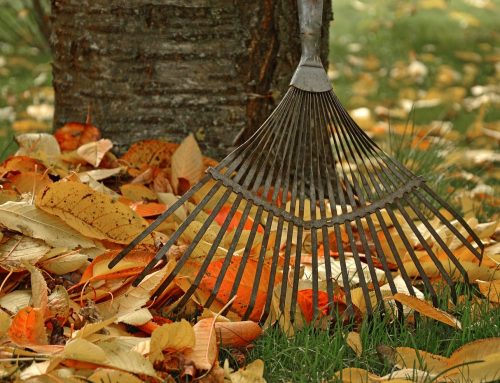Sydney, including the city’s Eastern Suburbs, and its Inner West neighbourhoods, provides a classic temperate zone which is perfect for most gardening. It lacks the extensive months of excessive heat and humidity seen in the northern tropics and has ample moisture, unlike the western deserts.
Count on the winter months to provide a needed break from the heat, giving people and plants alike some time to recuperate and prepare for the next growing season.
Below are a few tips for getting the most out of your garden throughout Sydney and New South Wales.
Getting Ready for the Season
Spring represents the time for renewal, especially of the garden. Whether or not the garden emphasises flowers, food, or both, the moderate temperatures and climate of spring provide a great opportunity to get essential work done. At this time of year, it will be a less stressful environment for both plants and people than it will be during the hotter summer months.
 " data-srcset="/wp-content/uploads/2019/07/garden-maintenance-in-NSW-20x13.jpg 20w, /wp-content/uploads/2019/07/garden-maintenance-in-NSW-200x133.jpg 200w, /wp-content/uploads/2019/07/garden-maintenance-in-NSW-300x200.jpg 300w, /wp-content/uploads/2019/07/garden-maintenance-in-NSW-400x267.jpg 400w, /wp-content/uploads/2019/07/garden-maintenance-in-NSW-600x400.jpg 600w, /wp-content/uploads/2019/07/garden-maintenance-in-NSW-768x512.jpg 768w, /wp-content/uploads/2019/07/garden-maintenance-in-NSW-800x533.jpg 800w, /wp-content/uploads/2019/07/garden-maintenance-in-NSW-1024x682.jpg 1024w, /wp-content/uploads/2019/07/garden-maintenance-in-NSW-1200x800.jpg 1200w, /wp-content/uploads/2019/07/garden-maintenance-in-NSW.jpg 1280w" data-sizes="auto" data-orig-sizes="(max-width: 1024px) 100vw, 1024px" />
" data-srcset="/wp-content/uploads/2019/07/garden-maintenance-in-NSW-20x13.jpg 20w, /wp-content/uploads/2019/07/garden-maintenance-in-NSW-200x133.jpg 200w, /wp-content/uploads/2019/07/garden-maintenance-in-NSW-300x200.jpg 300w, /wp-content/uploads/2019/07/garden-maintenance-in-NSW-400x267.jpg 400w, /wp-content/uploads/2019/07/garden-maintenance-in-NSW-600x400.jpg 600w, /wp-content/uploads/2019/07/garden-maintenance-in-NSW-768x512.jpg 768w, /wp-content/uploads/2019/07/garden-maintenance-in-NSW-800x533.jpg 800w, /wp-content/uploads/2019/07/garden-maintenance-in-NSW-1024x682.jpg 1024w, /wp-content/uploads/2019/07/garden-maintenance-in-NSW-1200x800.jpg 1200w, /wp-content/uploads/2019/07/garden-maintenance-in-NSW.jpg 1280w" data-sizes="auto" data-orig-sizes="(max-width: 1024px) 100vw, 1024px" />
Fertilise Both the Lawn and Garden
Most start their lawn care, lawn maintenance, and garden maintenance plans in the spring. Some also initiate their garden design schemes during this time of year as well. Plans should start with making sure that the soil has sufficient nutrients to form an ideal foundation for plant health.
Unfortunately, many of the soils in New South Wales have the same issues as those in other parts of the country. These include too much salt and too few nutrients. Experts urge that gardeners use a moderate amount of fertiliser when preparing the soil for planting and growth. Too many nutrients can be hard on plants. They can also run off into streams as damaging bio pollutants.
Check with local experts who can give advice on what to do with soils rich in clay or that have other issues. Proper and precise use of nutrients can help the garden provide the best yield of food or flowers.
Do Not Forget the Evergreens
Evergreen trees and bushes appear more robust than most other trees or plants. While in most cases, this perception reflects reality, they also need care to grow properly and thrive. Increased sunshine in the springtime causes evergreens to pull more moisture from the ground. If not properly watered, the soil around the roots will dry up. In extreme cases, needles can brown and the tree itself may die.
A little consistent watering early in the season can help make sure that the tree thrives the entire year through.
Plant Perennials and Other Plants Soon After the Last Frost
An essential ritual of spring gardening in New South Wales and elsewhere lies in the planting of the garden. Savvy gardeners know that every spring has a rhythm all its own, though. Sometimes warm weather arrives earlier, other times later. The worst result lies in spending time and effort planting, only to see a late frost wipe away all of the hard work.
Because of the unpredictability of the weather in New South Wales’ temperate climate, gardeners should not count on planting the same time every year like clockwork.
Renew Mulch
A great job to do while waiting for the frosts to end, renewing and refreshing mulch can do a great deal to promote the health of many types of plants later in the spring and summer.
Besides looking great when properly applied, mulch also helps to keep soil around plants and roots moist. It captures water, preventing runoff, then protects the gound from the excessive heat of the summer months.
 " data-srcset="/wp-content/uploads/2019/07/garden-maintenance-in-NSW-2-20x13.jpg 20w, /wp-content/uploads/2019/07/garden-maintenance-in-NSW-2-200x133.jpg 200w, /wp-content/uploads/2019/07/garden-maintenance-in-NSW-2-300x200.jpg 300w, /wp-content/uploads/2019/07/garden-maintenance-in-NSW-2-400x267.jpg 400w, /wp-content/uploads/2019/07/garden-maintenance-in-NSW-2-600x400.jpg 600w, /wp-content/uploads/2019/07/garden-maintenance-in-NSW-2-768x512.jpg 768w, /wp-content/uploads/2019/07/garden-maintenance-in-NSW-2-800x533.jpg 800w, /wp-content/uploads/2019/07/garden-maintenance-in-NSW-2-1024x682.jpg 1024w, /wp-content/uploads/2019/07/garden-maintenance-in-NSW-2-1200x800.jpg 1200w, /wp-content/uploads/2019/07/garden-maintenance-in-NSW-2.jpg 1280w" data-sizes="auto" data-orig-sizes="(max-width: 1024px) 100vw, 1024px" />
" data-srcset="/wp-content/uploads/2019/07/garden-maintenance-in-NSW-2-20x13.jpg 20w, /wp-content/uploads/2019/07/garden-maintenance-in-NSW-2-200x133.jpg 200w, /wp-content/uploads/2019/07/garden-maintenance-in-NSW-2-300x200.jpg 300w, /wp-content/uploads/2019/07/garden-maintenance-in-NSW-2-400x267.jpg 400w, /wp-content/uploads/2019/07/garden-maintenance-in-NSW-2-600x400.jpg 600w, /wp-content/uploads/2019/07/garden-maintenance-in-NSW-2-768x512.jpg 768w, /wp-content/uploads/2019/07/garden-maintenance-in-NSW-2-800x533.jpg 800w, /wp-content/uploads/2019/07/garden-maintenance-in-NSW-2-1024x682.jpg 1024w, /wp-content/uploads/2019/07/garden-maintenance-in-NSW-2-1200x800.jpg 1200w, /wp-content/uploads/2019/07/garden-maintenance-in-NSW-2.jpg 1280w" data-sizes="auto" data-orig-sizes="(max-width: 1024px) 100vw, 1024px" />
Plan a Maintenance Schedule for the Entire Year
Serious gardeners of all types should consider creating a garden maintenance schedule. This should include lawn care, lawn maintenance, and any hedging required. This will help to break down the work into manageable chunks done in the best time of the year possible.
A garden maintenance plan, conceived and executed properly, parcels out labour throughout the year. New South Wales, with its cooler, but not intolerable, winter months, provides a great opportunity for gardeners to perform needed maintenance requiring moderate to heavy labor. This includes tasks such as keeping walls in good shape, clearing underbrush, removing dangerous trees, digging water runoff channels, and other tasks that can be performed at any time during the year.
The plan can then identify the best times to do season specific tasks, such as planting, pruning, fertilising, and harvesting (if necessary.) Some seasons require different kinds of attention, such as increased watering during summer months. The plan should also include contingencies for if the weather provides too much, or too little, water.
The gardener, of course, will need to learn to adjust the plan when necessary to take advantage of, or react to, unpredictable conditions.
Be Careful During Summer Months
Summer can bring tremendous, even dangerous, levels of heat and humidity in New South Wales. Gardeners need to anticipate the problems that these can create and plan for and around them. Certainly extended heat without relief from cloudy or rainy days can damage plants. Gardeners may need to adjust watering schedules and even create temporary shelter for their plants to protect them.
More importantly, however, gardeners must remain aware of their own safety. Extended time in the heat and the sun can lead to illness, injury, and even death. Put on sunblock and thin, light, protective clothing before working in the heat. Make sure to drink water much more frequently than normal. While sports drinks can help, sodas and alcohol will each have the effect of drying the body out, leaving it vulnerable to dehydration and heat stroke.
Also, take longer and more frequent breaks during the heat of the day out of the direct sunlight, if possible. Pay attention to symptoms, such as nausea or headaches, that can indicate that the body is suffering from heat-related illnesses.
These tips can help to get a gardener in New South Wales prepared to put together a beautiful and productive garden that everyone can enjoy.

 " data-orig-src="/wp-content/uploads/2019/07/garden-maintenance-in-NSW-3.jpg" data-srcset="/wp-content/uploads/2019/07/garden-maintenance-in-NSW-3-200x113.jpg 200w, /wp-content/uploads/2019/07/garden-maintenance-in-NSW-3-400x225.jpg 400w, /wp-content/uploads/2019/07/garden-maintenance-in-NSW-3-600x338.jpg 600w, /wp-content/uploads/2019/07/garden-maintenance-in-NSW-3-800x450.jpg 800w, /wp-content/uploads/2019/07/garden-maintenance-in-NSW-3-1200x675.jpg 1200w, /wp-content/uploads/2019/07/garden-maintenance-in-NSW-3.jpg 1280w" data-sizes="auto" />
" data-orig-src="/wp-content/uploads/2019/07/garden-maintenance-in-NSW-3.jpg" data-srcset="/wp-content/uploads/2019/07/garden-maintenance-in-NSW-3-200x113.jpg 200w, /wp-content/uploads/2019/07/garden-maintenance-in-NSW-3-400x225.jpg 400w, /wp-content/uploads/2019/07/garden-maintenance-in-NSW-3-600x338.jpg 600w, /wp-content/uploads/2019/07/garden-maintenance-in-NSW-3-800x450.jpg 800w, /wp-content/uploads/2019/07/garden-maintenance-in-NSW-3-1200x675.jpg 1200w, /wp-content/uploads/2019/07/garden-maintenance-in-NSW-3.jpg 1280w" data-sizes="auto" /> 


